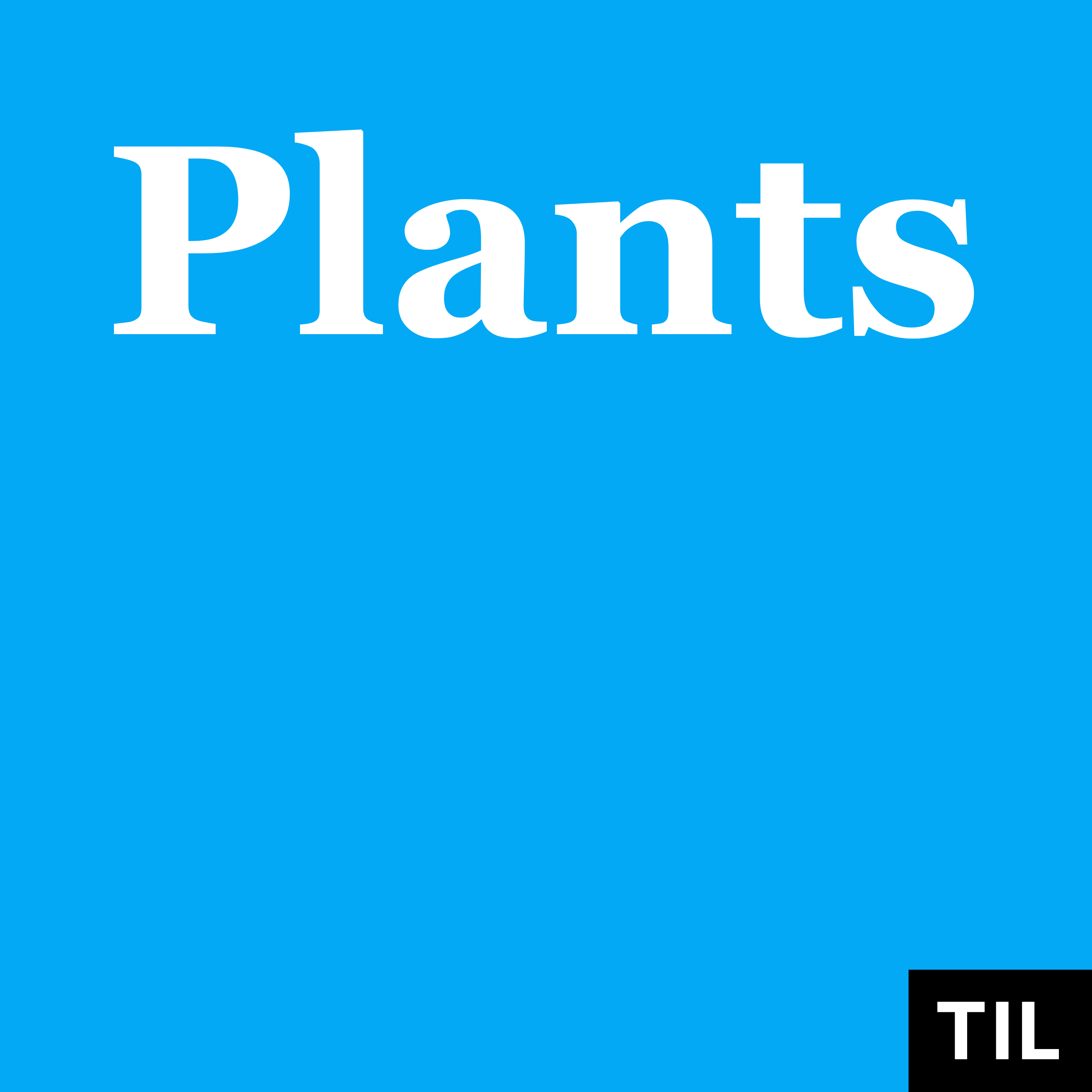
Feast for the Eyes: The Portulaca Oleracea Story

TIL: Plants
Shownotes Transcript
Welcome to our journey through the green world, where every leaf tells a story, and every flower harbors a secret. Today, we embark on an exploration into the life of a plant as humble as it is vibrant, as widespread as it is overlooked. Our subject: Portulaca oleracea, better known as purslane.
Originating in the gardens of time, nestled within the cradle of ancient civilizations, purslane has meandered through history, embroidering itself into the fabric of numerous cultures. It's a plant that doesn’t ask for much, thriving in the harsh embrace of neglect, flourishing where others falter, in the cracks of a driveway, the edges of a garden, or the vast expanse of a field.
Portulaca oleracea may not boast the majesty of a sequoia or the mystique of an orchid, yet its resilience and utility carve out a unique niche in the plant kingdom. Often dismissed as a mere weed, this unassuming succulent harbors a constellation of surprises, from its nutritional prowess to its medicinal properties, and an aesthetic appeal that has captivated hearts from ancient times to the modern day.
So, what does purslane look like? Picture a plant modest in size, with fleshy, verdant leaves and stems that sprawl lazily across the ground. In the zenith of summer, it adorns itself with small, yet striking, yellow flowers that open to greet the morning sun. These characteristics, combined with its ability to survive in poor soil and harsh conditions, make it a marvel of resilience.
The origin story of Portulaca oleracea is as fascinating as the plant itself. Scholars believe purslane was first cultivated in Persia and India over 2,000 years ago, before weaving its way through the Mediterranean and into the hearts and gardens of numerous civilizations. Throughout history, it has donned many hats: a cherished plant of ancient healers, a staple in the diets of kings and commoners alike, and an emblem of luck and protection in various cultures.
Today, purslane can be found nearly everywhere, from the warm embrace of Mediterranean coasts to the rugged landscapes of Australia, the buzzing markets of Mexico, and beyond. Its global dispersion is a testament to its adaptability and enduring popularity.
Beyond its stubborn tenacity, purslane harbors a secret. This unpretentious plant is a nutritional powerhouse, packed with omega-3 fatty acids, vitamins, and minerals. In culinary traditions around the world, it graces tables in the form of salads, soups, and even pickles, bringing a tangy and refreshing flavor that complements a myriad of dishes.
Fascinatingly, purslane also carries medicinal properties that have been recognized for centuries. It has been used to treat a variety of ailments, from fevers and gastrointestinal issues to skin conditions. Its widespread use in traditional medicine across different cultures underscores the universal human quest for natural healing.
As we wrap up this exploration of Portulaca oleracea, let’s take a moment to appreciate the beauty in simplicity, the strength in resilience, and the stories hidden in the green corners of our world. Purslane stands as a reminder that sometimes, the most remarkable stories come from the most unassuming sources. So, the next time you come across this colorful carpet of green, take a moment to admire its quiet beauty and consider the myriad ways it has touched lives throughout history.
Thank you for joining us on this verdant voyage. May your days be filled with the curious spirit of exploration and the soothing serenity of nature’s embrace.